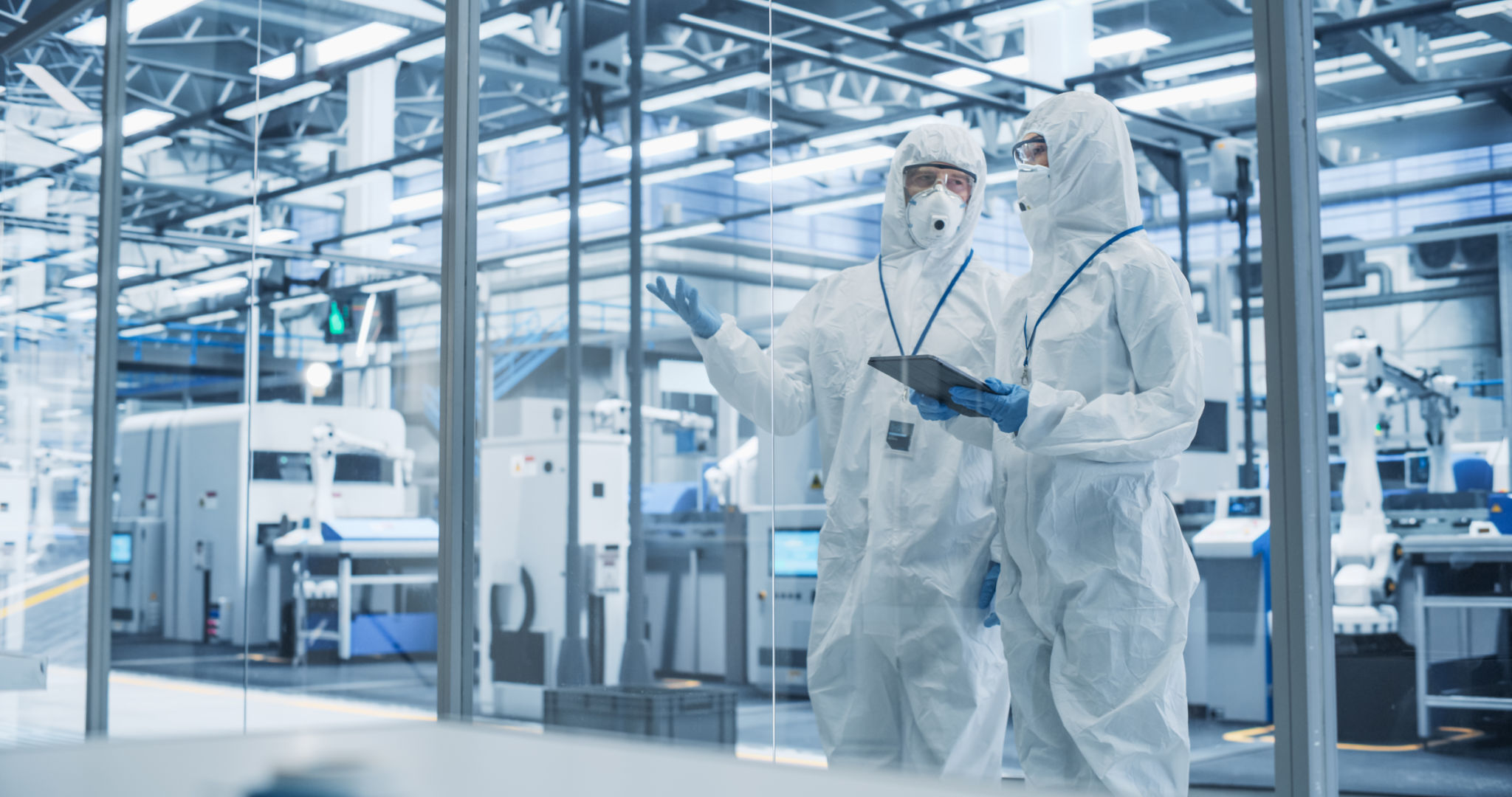Top Pharmaceutical Companies in India: How They Maintain Clean-Room Standards
Introduction to Clean-Room Standards in the Pharmaceutical Industry
In the fast-evolving world of pharmaceuticals, maintaining high standards of cleanliness is crucial. Indian pharmaceutical companies are recognized globally for their commitment to quality and safety, largely due to their stringent adherence to clean-room standards. These standards ensure that products are manufactured in a controlled environment, reducing the risk of contamination and ensuring patient safety.
Clean-room standards are essential in the pharmaceutical industry because they help maintain a controlled environment where airborne particles, contaminants, and pollutants are minimized. By doing so, pharmaceutical companies can ensure the integrity of their products from production to delivery.

Core Components of Clean-Room Standards
Air Filtration Systems
A key component in maintaining clean-room standards is the use of advanced air filtration systems. These systems are designed to filter out particulates and microorganisms from the air, ensuring a sterile environment. High Efficiency Particulate Air (HEPA) filters are commonly used in these systems due to their ability to trap 99.97% of particles as small as 0.3 microns.
Temperature and Humidity Control
Another critical factor in clean-room maintenance is controlling temperature and humidity levels. By regulating these parameters, pharmaceutical companies can prevent the growth of microorganisms and ensure that sensitive materials are stored and used appropriately. This control also helps in maintaining the stability and efficacy of pharmaceutical products.

Training and Protocols for Personnel
The personnel working within clean rooms play a vital role in maintaining standards. Comprehensive training is essential to ensure that employees understand the protocols for operating within these environments. Training typically includes instructions on gowning procedures, equipment handling, and emergency protocols.
Personnel must also adhere to strict hygiene practices to prevent contamination. This includes regular hand washing, wearing appropriate protective clothing, and following set procedures for entering and exiting clean rooms.

Monitoring and Compliance
Regular Audits
To ensure ongoing compliance with clean-room standards, regular audits are conducted. These audits assess whether the facilities meet regulatory requirements and help identify areas for improvement. By conducting these evaluations, companies can maintain high standards of cleanliness and safety.
Use of Technology
Many Indian pharmaceutical companies leverage cutting-edge technology to monitor clean-room conditions in real-time. Sensors and automated systems provide continuous feedback on air quality, temperature, and humidity, allowing for immediate corrective action if needed. This proactive approach helps maintain the integrity of the clean-room environment.
Conclusion
The top pharmaceutical companies in India continue to set benchmarks in maintaining clean-room standards. Through rigorous training, advanced technology, and strict adherence to protocols, they ensure that their products meet global safety and quality standards. As the industry evolves, these companies remain committed to innovation and excellence, setting a high standard for others to follow.
